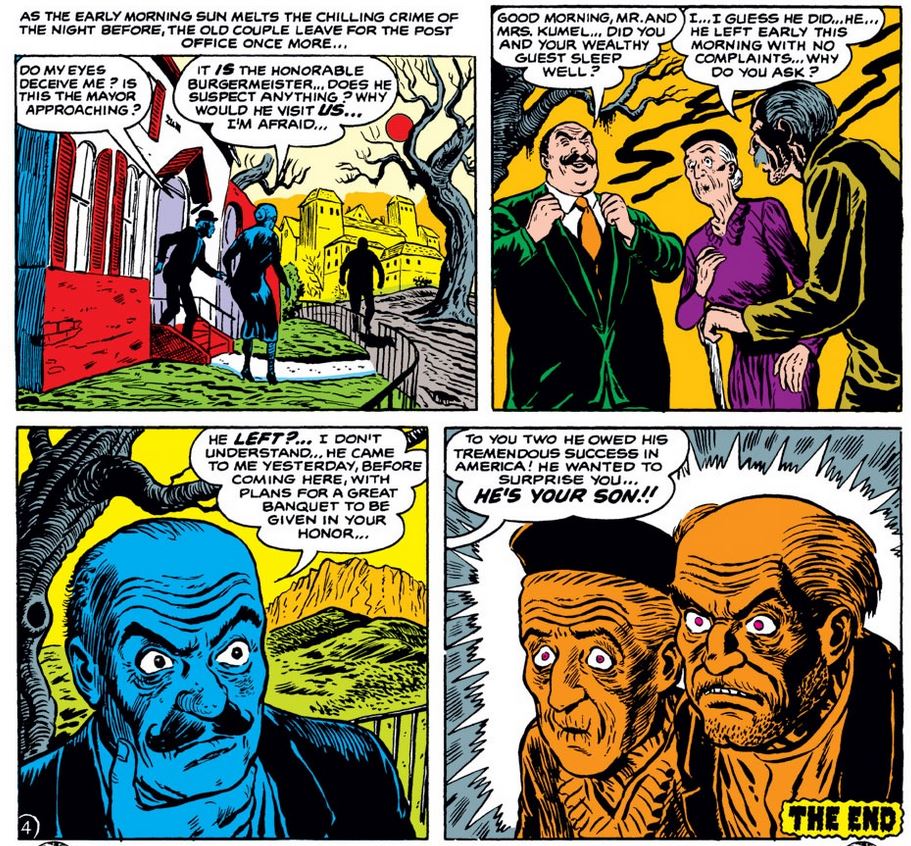Many tall-tale postcards, which flourished in the U.S.
in the early twentieth century, used manipulated photos to portray the rich bounty
of various locales (often in the Midwest): giant animals, fish, fruits,
vegetables, eggs, etc., all products of a supposedly super-fertile environment.
Notably, some postcards deviated from this boastful
promotion of local wildlife and crops by depicting the farmers’ nemesis, the ravenous
grasshopper, in giant form. Perhaps on some level it was beneficial for its
victims to imagine themselves successfully battling a single huge grasshopper rather
than the innumerable real-sized ones that regularly ravaged their crops.
Whereas postcards of giant grasshoppers were
plentiful, apparently there were none of giant mosquitoes. I failed to find a
single instance in Roger Welsch,
Tall-Tale Postcards: A Pictorial History
(1976) and Cynthia Elyce Rubin and Morgan Williams,
Larger Than Life: The
American Tall-Tale Postcard, 1905-1915 (1990). It may be that at the time
it was too difficult or even impossible to photograph these tiny insects, but
there were also no postcards I am aware of with drawings of them. I suspect
that if more makers of exaggerated postcards had been based in wetter regions
of the U.S., monstrous mosquitoes would been given their due. There certainly are
very many entries under
X1286.1. Lie; the large mosquito, in Ernest
Baughman,
Type and Motif-Index of the Folktales of England and North America
(1996); so the folklore existed, but the postcard makers chose not to
exploit it.
A couple of early drawings of giant mosquitoes:
Life,
August 20, 1891. In Conrad
Groth, ed., A
Cockeyed Menagerie: The Drawing of T.S. Sullivant (Fantagraphics, 2021), 15.
Library of Congress. Cartoon of giant mosquito
stinging a man sleeping (between ca. 1900 ca. 1930).





